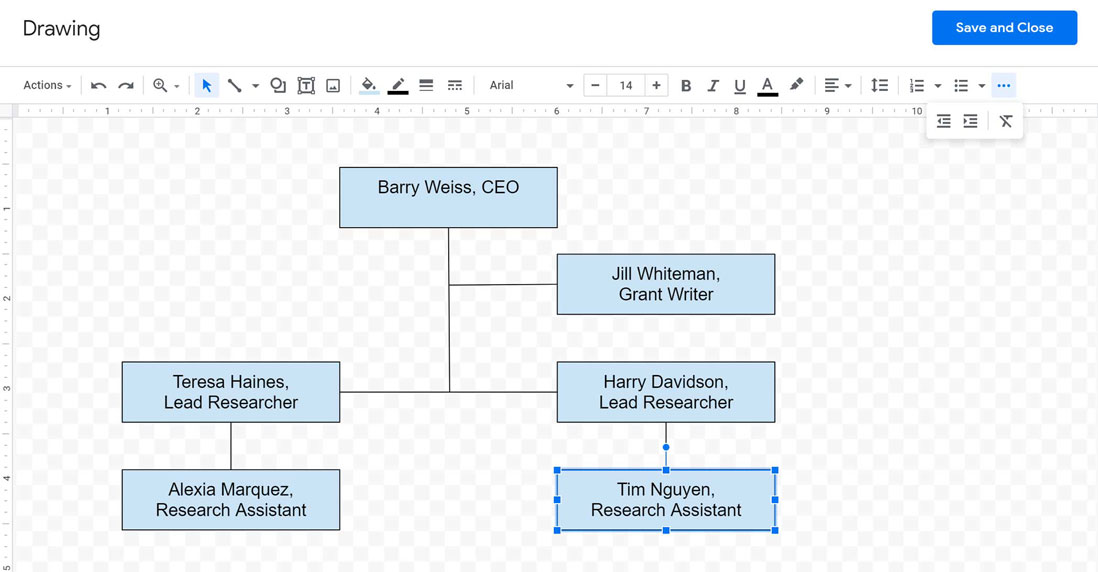

The former will just paste the current table content. If you go with the first option, the table will be displayed in real-time. Google Docs will automatically ask you whether you wish to link the table to the spreadsheet.

Once inside, select where you want the data pasted, and use the Ctrl + V command, or right-click and select Paste. When you’re finished with it, select the data that you want to add and copy it by right-clicking and then selecting Copy or by using the Ctrl + C function. Instead, create a Google Sheets document and make the table that you want to move to Google Docs. The app wasn’t built for crunching numbers and using other formatting and comparison tools, along with various formulas. Want your new contacts or orders automatically added to a spreadsheet as they come in, or want to create a new project spreadsheet every Monday morning? You can do that and more with Zapier’s Google Sheets integrations that connect over 1000 apps to your spreadsheet.You don’t want to create anything but simple tables in Google Docs. Or, use Zapier’s Google Sheets Integrations to get your spreadsheet to do work for you, even while you’re sleeping. Go from spreadsheet beginner to expert with Zapier's free book. Or, add more features to your spreadsheets without coding them yourself with these. Want to build more powerful macros? Check out our to learn the basics. It’s a handy way to do routine tasks in your spreadsheet without needing to click a dozen times. Tip: Have a Google Apps Script you’d like to use more easily? You can turn it into a macro by pasting the script into a macro’s script editor, too, as above.Īnd that’s how to use Google Sheets Macros to teach Google Sheets how to do your hard work for you. Go back to your new spreadsheet and run the macro, and you’ll have the same features from your first spreadsheet without all the work of remaking it. Repeat the steps above to edit this new macro, and this time select all the text in the Google Apps Script editor and paste in your copied macro script from the first spreadsheet instead. Now, open your new spreadsheet, record a macro, and save it-only here, you can literally start the macro recorder and click save without doing anything else as all we need is a blank, placeholder macro. So, select all the text in the editor, and copy it. All you need to do is copy this script and use it in the other spreadsheet. To do that, first open the spreadsheet with your macro, click Tools → Macros → Manage Macros, then click the menu beside the macro you want to copy, and select Edit Script.Įach macro is powered by a Google Apps Script that you can copy over to use in any other spreadsheet. You’ll need to recreate them on other spreadsheets if you want to use them elsewhere. There’s only one problem: Google Sheets Macros only work on the spreadsheet where you make them.


 0 kommentar(er)
0 kommentar(er)
